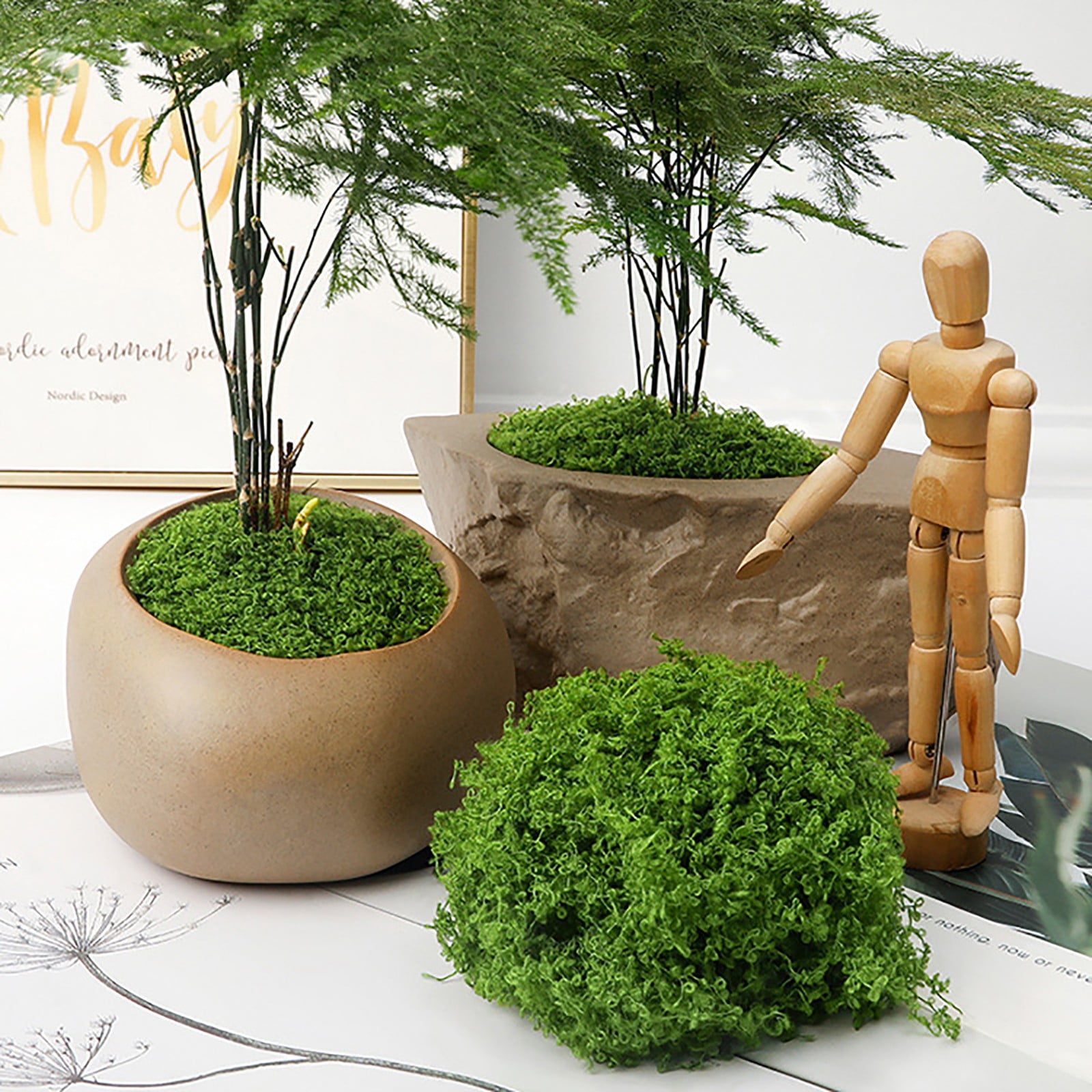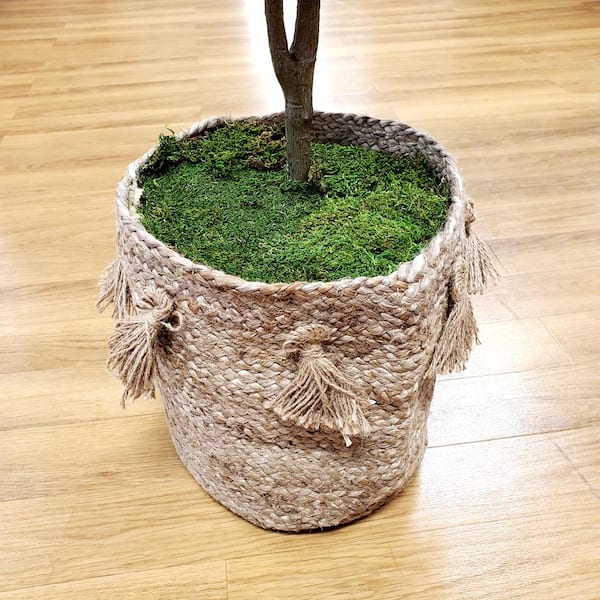Welcome to the world of decorative moss! Whether you’re a seasoned plant enthusiast or just dipping your toes into the realm of greenery, decorative moss can add a unique touch to your planters and home decor. In this comprehensive guide, I’ll share personal insights, tips, and practical information to help you make the most of this versatile natural element.
What is Decorative Moss?
Decorative moss is a natural material that comes in a variety of types and textures, making it an excellent choice for enhancing the aesthetic appeal of planters. It can be used for various applications, from terrariums to floral arrangements, and even as a standalone decorative piece in your home.
Types of Decorative Moss
Understanding the different types of decorative moss is crucial for selecting the right kind for your planters. Below are some popular varieties:
Sphagnum Moss
Sphagnum moss is a soft, absorbent moss that retains moisture extremely well. It’s often used in hanging baskets and for lining planters.
Reindeer Moss
This moss is actually a type of lichen, known for its vibrant colors and unique texture. It’s often used in decorative arrangements and can be found in various hues.
Preserved Moss
Preserved moss has been treated to maintain its color and shape without the need for water. This type is perfect for arrangements that do not require maintenance.

Sheet Moss
Commonly found in forests, sheet moss has a lush texture and is often used in living walls and as a ground cover in terrariums.
Spanish Moss
This moss hangs gracefully from branches and can be used to create a hanging planter effect. It’s often seen in rustic-themed decor.

Benefits of Using Decorative Moss in Planters
Incorporating decorative moss into your planters can enhance their appeal and provide several benefits:
- Moisture Retention: Helps retain moisture for other plants.
- Aesthetic Value: Adds a natural look and texture.
- Air Purification: Some types can improve air quality.
- Versatility: Suitable for various decor styles.
How to Use Decorative Moss in Your Planters
Using decorative moss in your planters can be both fun and rewarding. Here are some creative ideas:

As a Top Dressing
Apply a layer of moss on top of the soil in your potted plants to create a lush, green finish that is pleasing to the eye.
In Terrariums
Moss is essential for creating a mini-ecosystem in a terrarium. It acts as a ground cover and helps maintain humidity levels.

As a Decorative Element
You can use moss in arrangements to add depth and a soft texture, making your planters stand out.
Care Tips for Decorative Moss
Taking care of decorative moss is relatively easy, but it does have specific needs. Here are some tips:

Watering
Most types of moss prefer a humid environment. Mist them regularly or keep them near a water source.
Lighting
Moss thrives in indirect sunlight. Ensure your planters are placed in bright, filtered light.

Temperature
Keep moss in a temperature range of 60°F to 70°F (15°C to 21°C) for optimal growth.
Pros and Cons of Using Decorative Moss
| Pros | Cons |
|---|---|
| Adds natural beauty | Can retain too much moisture if not monitored |
| Easy to care for | May require occasional replacement |
| Versatile in design | Not all moss types are suitable for all environments |

FAQs about Decorative Moss for Planters
1. Can I use live moss in my indoor planters?
Yes, live moss can be used, but it requires specific care conditions, including humidity and indirect sunlight.
2. How often should I replace decorative moss?
Preserved moss can last for years, while live moss may need to be replaced every 6-12 months, depending on the environment.
3. Is decorative moss safe for pets?
Most types of decorative moss are non-toxic, but always check specific varieties before use.
4. What types of plants pair well with decorative moss?
Ferns, succulents, peace lilies, and other moisture-loving plants pair beautifully with moss.
Personal Experience and Tips for Using Decorative Moss
I’ve dabbled in using decorative moss for quite some time now, and I’ve learned a few things along the way. One of my favorite projects was creating a terrarium for my living room. I layered sphagnum moss at the bottom for drainage, added a variety of small plants, and topped it off with reindeer moss for color. It became a conversation piece!
Here are my top tips:
- Experiment with different types to see what you like best.
- Mix moss with stones or driftwood for a more natural look.
- Don’t forget to share your creations on social media—moss decor is trending!